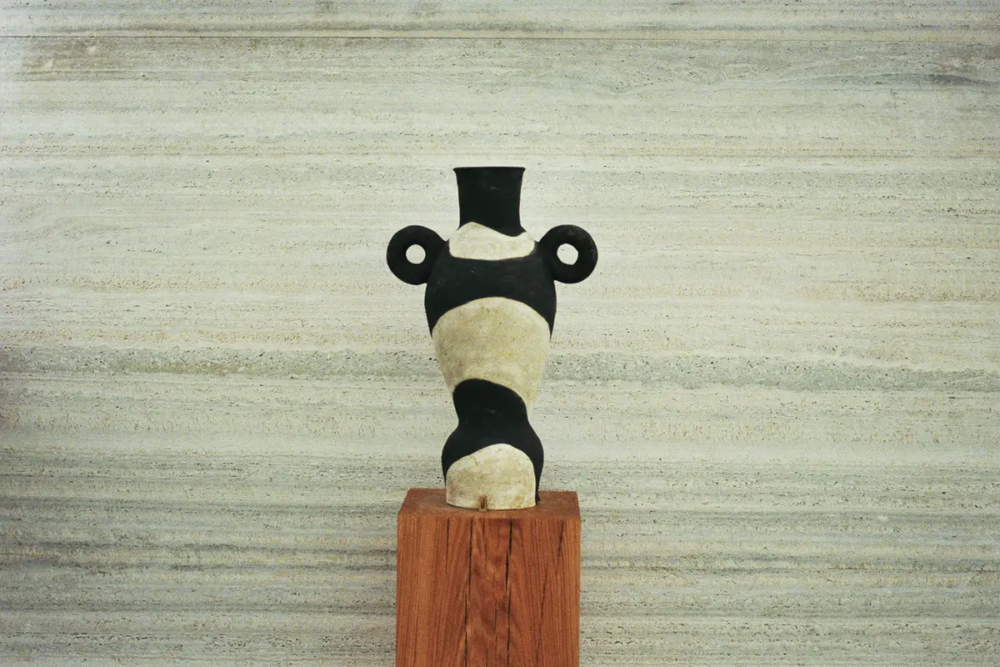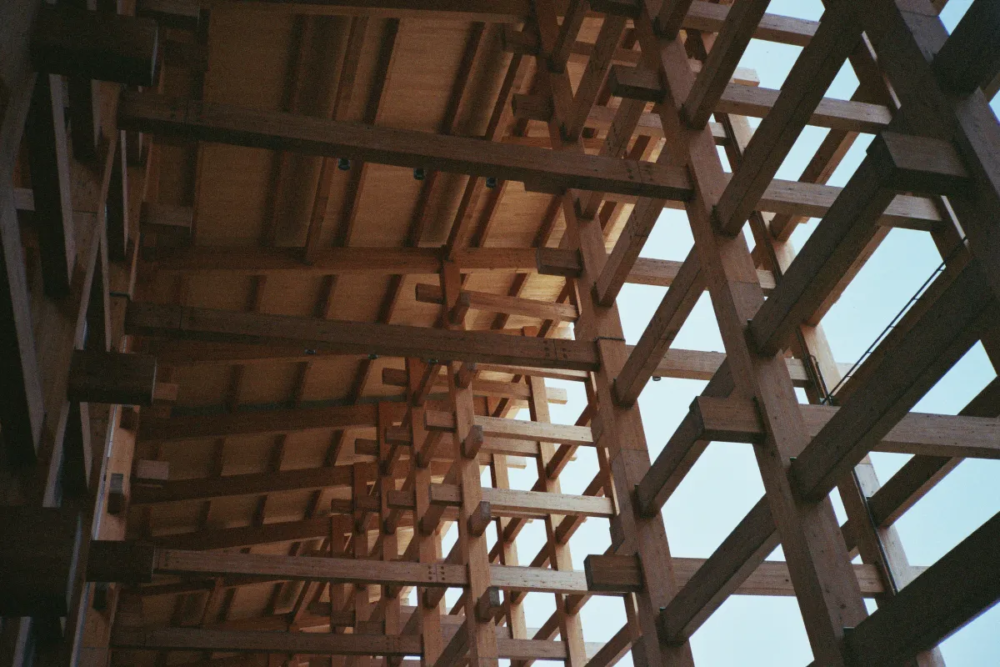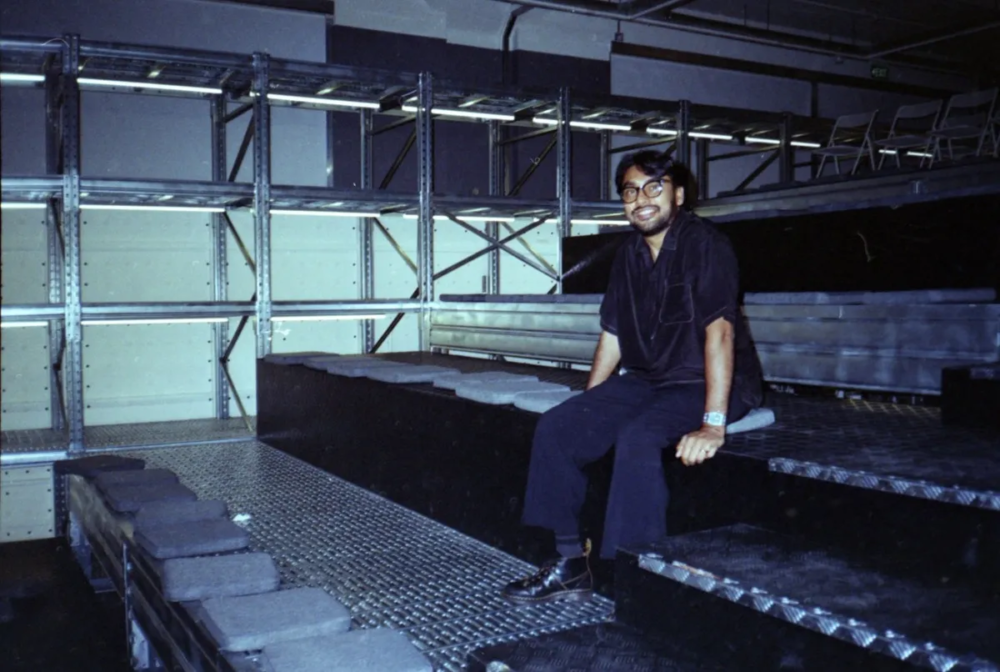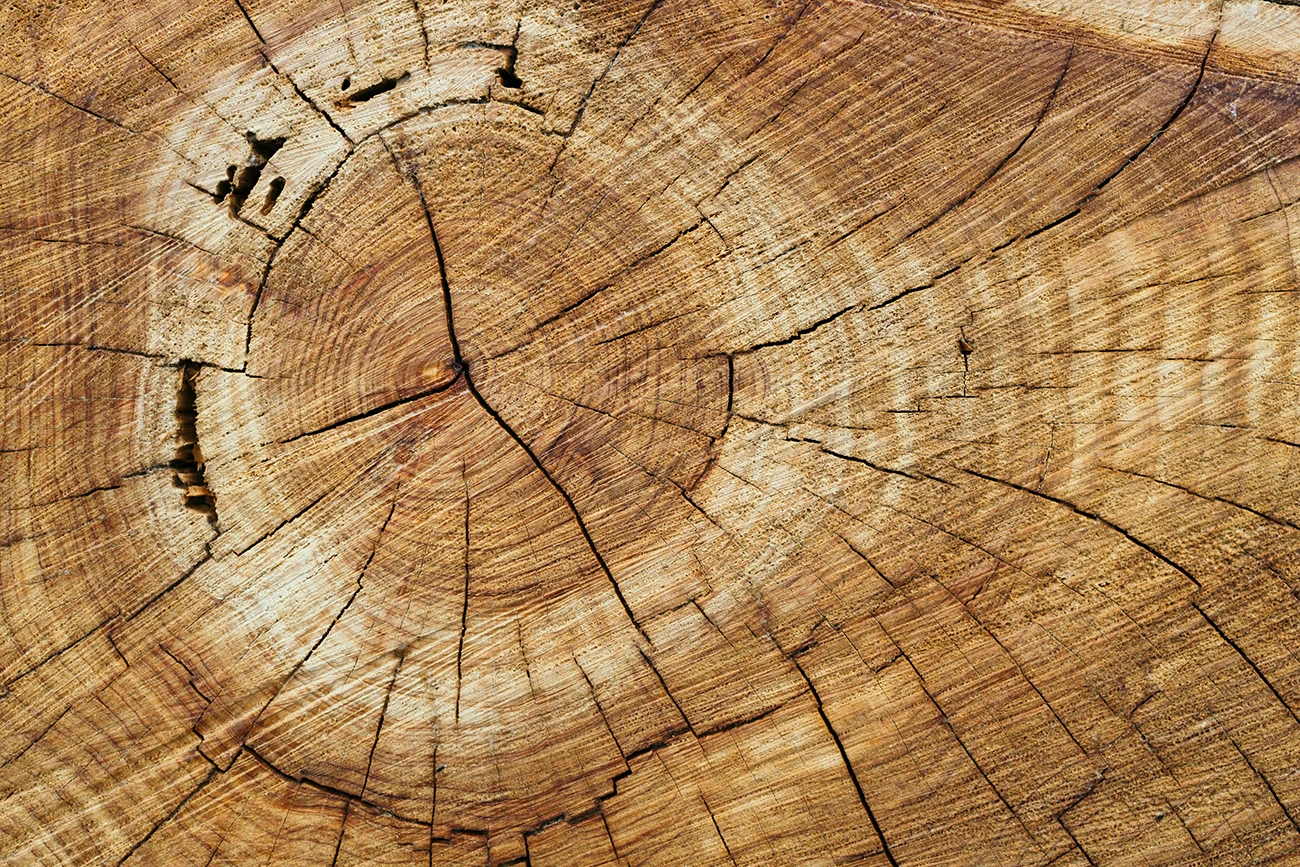
Stockholm’s all-wood district: building with wood reduces carbon emissions and stores it
With 250,000 square meters of all-timber buildings planned, White Arkitekter’s project in Stockholm signals a new era for timber building construction: forest is not just plantation
Building with Timber: White Arkitekter’s Vision for a Carbon-Storing Urban Future
Building with timber has been an architectural trend for some time now. Yet not many people have a deep understanding of how it should work. Beyond being in fashion, it takes attention and care to build with timber the right way. Swedish firm White Arkitekter knows how to do it — and is set to build the first all-timber neighborhood in Stockholm. The project, titled Stockholm Wood City, takes the conversation around the use of biobased materials for the built environment one step further. It shifts the focus toward creating a new conception of what a built environment can and should be.
Stockholm Wood City: the largest urban timber development project in the world
Based in the Sickla district, Stockholm Wood City will be a 250,000-square-meter timber urban development project, introducing approximately 7,000 new workplaces and 2,000 residential units. With the first buildings set to be completed by 2026, the Swedish firm says it will be “a new benchmark for sustainable construction.” Beyond the reduction in carbon emissions made possible by using timber, attention will also be paid to every detail of the district’s functioning — including all the energy required to run it, which will be locally produced, stored, and shared. Stockholm Wood City will also be a fifteen-minute city, significantly reducing emissions related to commuting for basic needs. Existing buildings will be integrated with new architecture, rather than demolished and rebuilt.
Knowing the material: White Arkitekter’s insights into timber use and misuse
We spoke about timber’s use and misuse with Oskar Norelius, White Arkitekter’s Stockholm office director, and Jake Ford, landscape architect and partner at White Arkitekter. “Timber,” says Ford, “plays a huge part in the conversation around biobased materials and more sustainable solutions for architecture — starting from the fact that you can grow it.” This, according to Norelius, adds to the fact that “as opposed to developments with many other materials that in the future might potentially have a very good outcome, this is already here and we can already build with timber on a large scale, we know how to do it, and you can just work off the shelf.”
Carbon storage in architecture: timber buildings as urban carbon sinks
On the upside, there is also the fact that building with wood not only reduces carbon emissions but also stores it throughout the building’s lifecycle. “The time it takes for the forest to grow,” explains Norelius, “is quite similar to our lifetimes, and to the lifetime of a building, as opposed to both fossil fuel-based materials, limestone and concrete, which have much longer cycles. It takes fifty to seventy years for a tree to grow back. The potential with timber is storing carbon in our cities as we build new construction, as we extend buildings, as we replace buildings when they’re obsolete, making sure that the built environment becomes a carbon sink.”
Scaling up sustainability: bringing timber to the city level to cut emissions
The scale of a project must also be considered. The larger you build, the more carbon you store, and the fewer emissions are produced per square meter. This mindset underpins White Arkitekter’s approach to Stockholm Wood City. In Norelius’s words: “If you shift to the city perspective you can then say the whole area is going to be in timber, which means that whenever a building eventually is replaced, if it is replaced with a timber building, you have actually created a human habitat that is storing carbon, as opposed to the ones that we have today, which are only emitting and then it’s sitting there until they are obsolete.”
In contrast, with timber, by the time a building becomes obsolete, the material to either fix it or build a new one has grown back on its own — and at the same time, both the building and the growing forest have captured more CO₂.
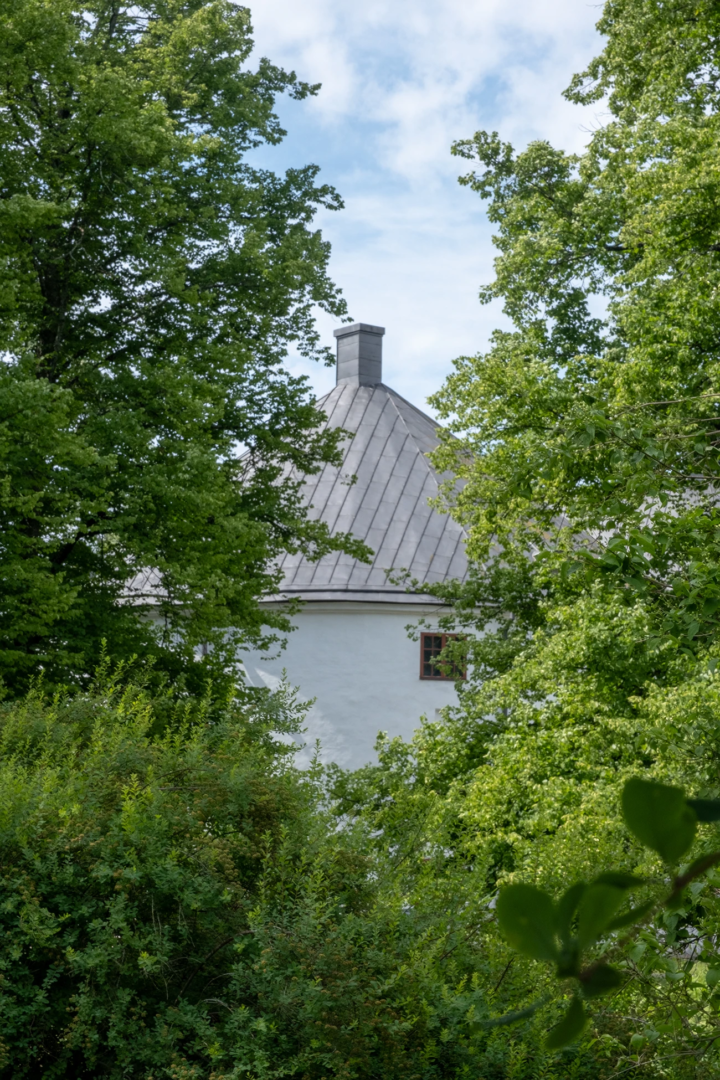
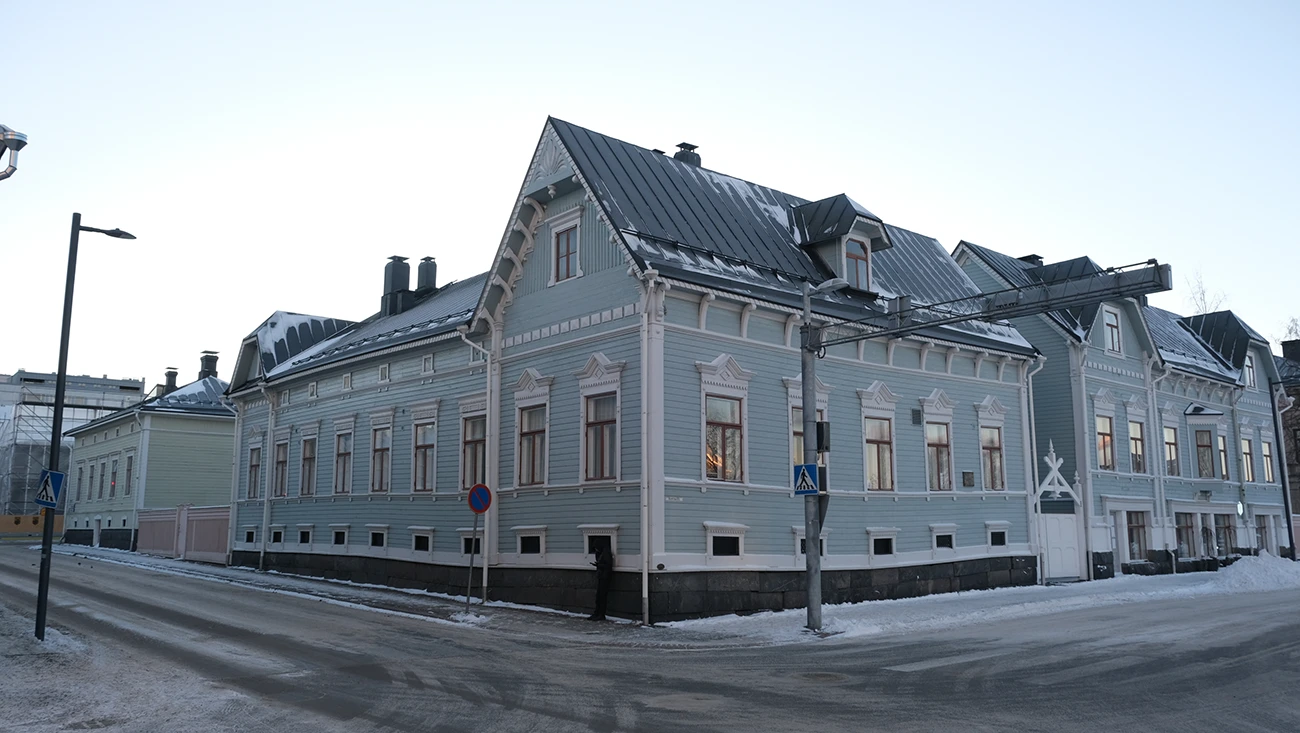
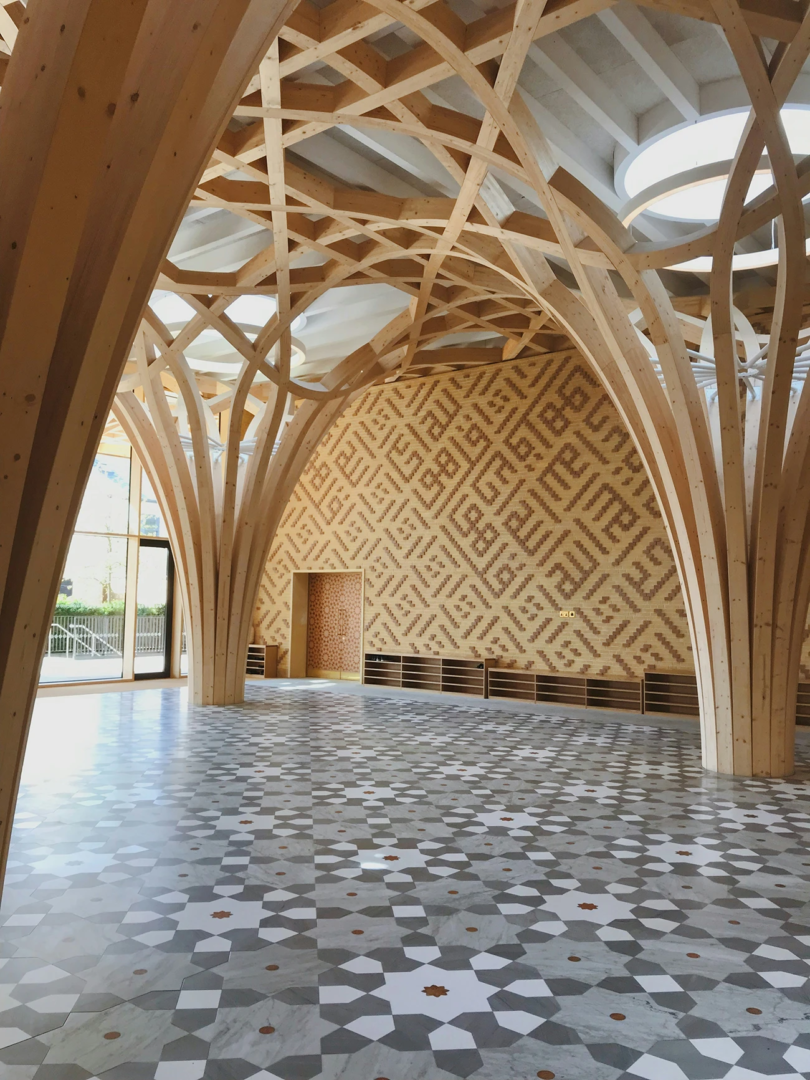
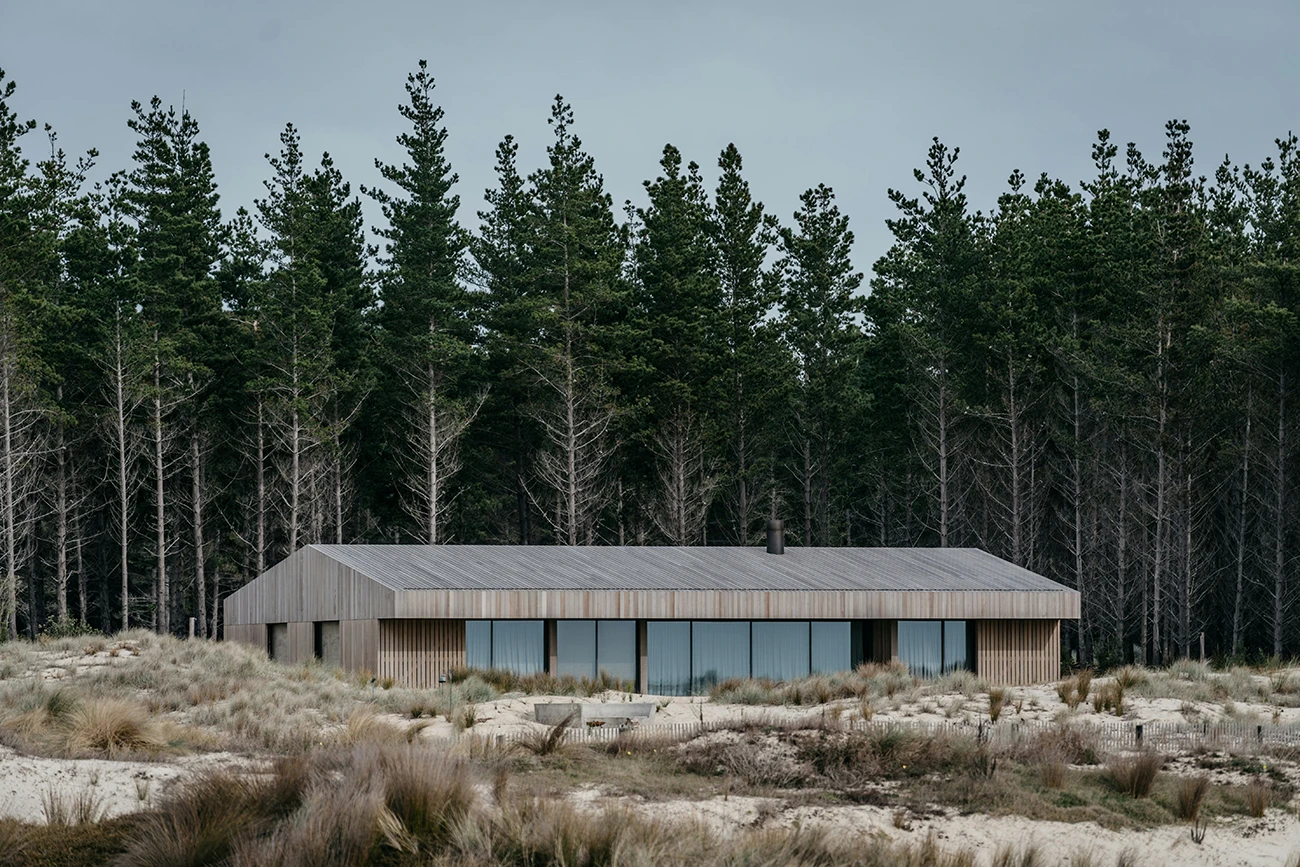
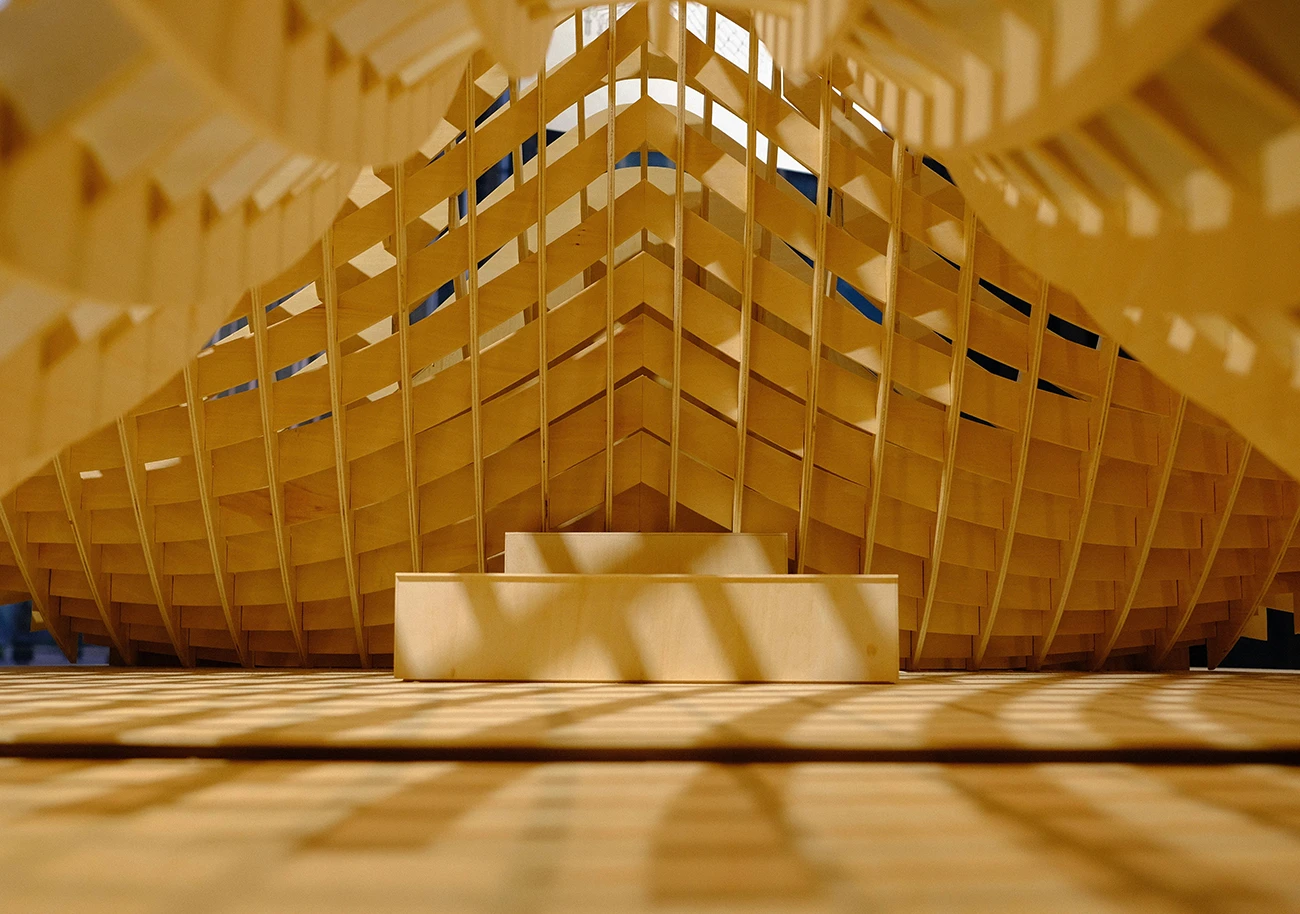
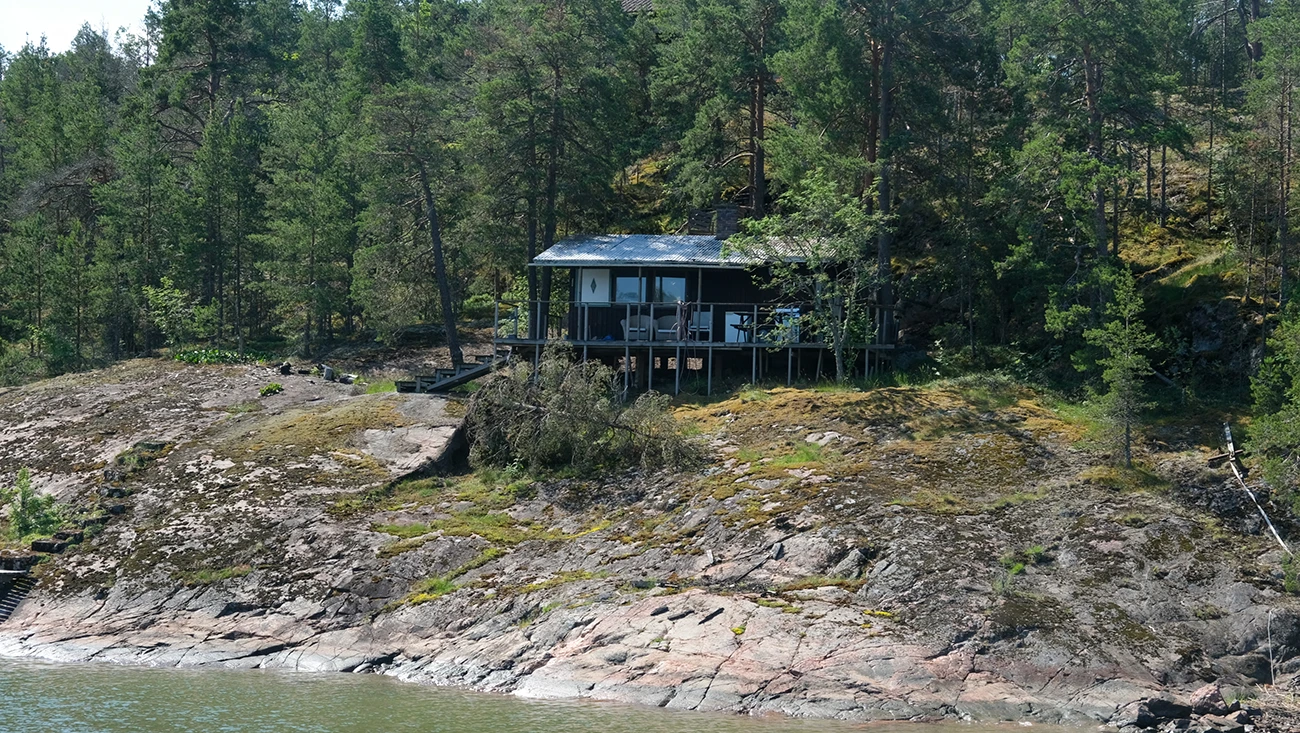
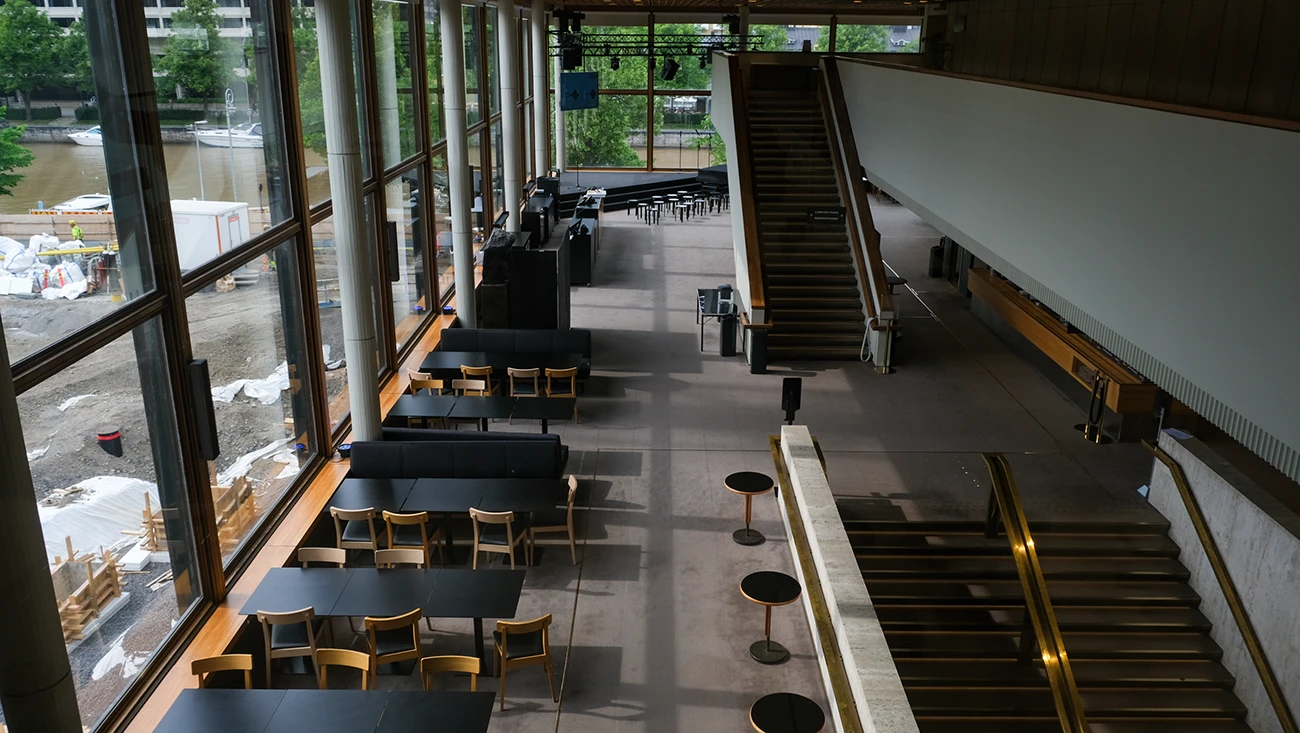
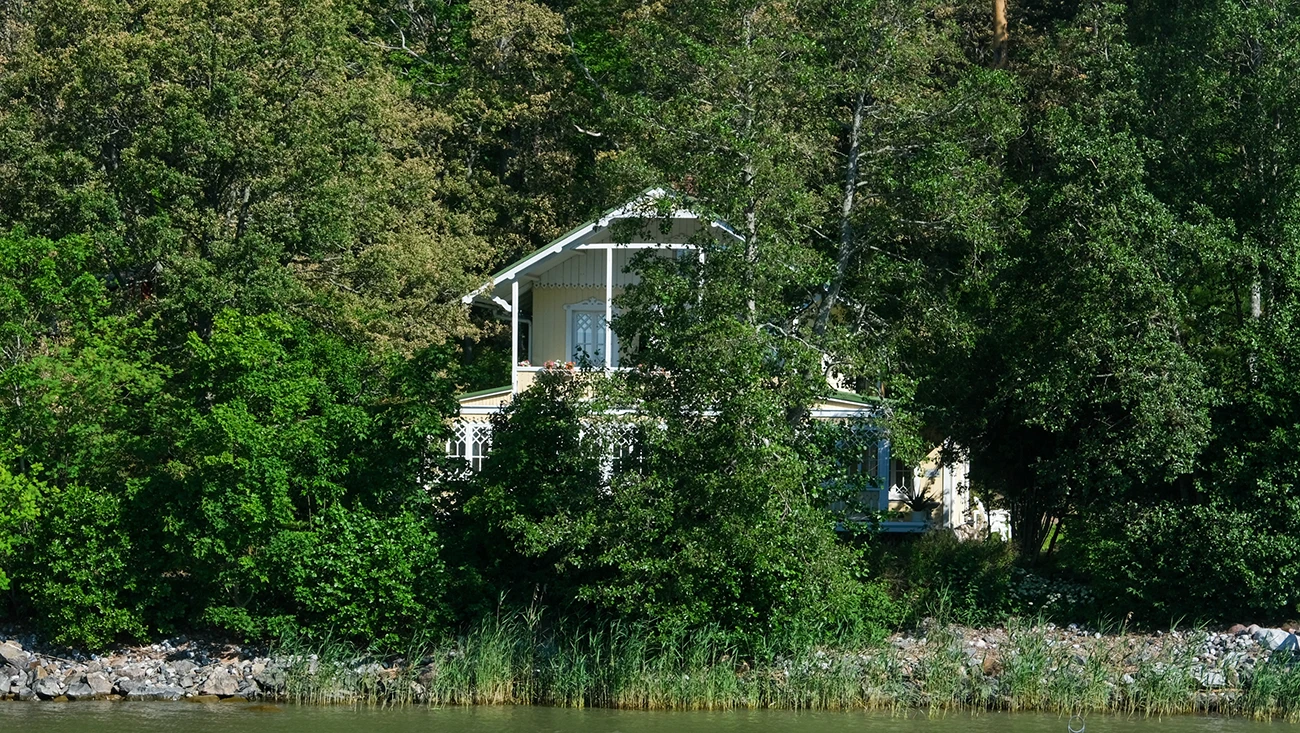
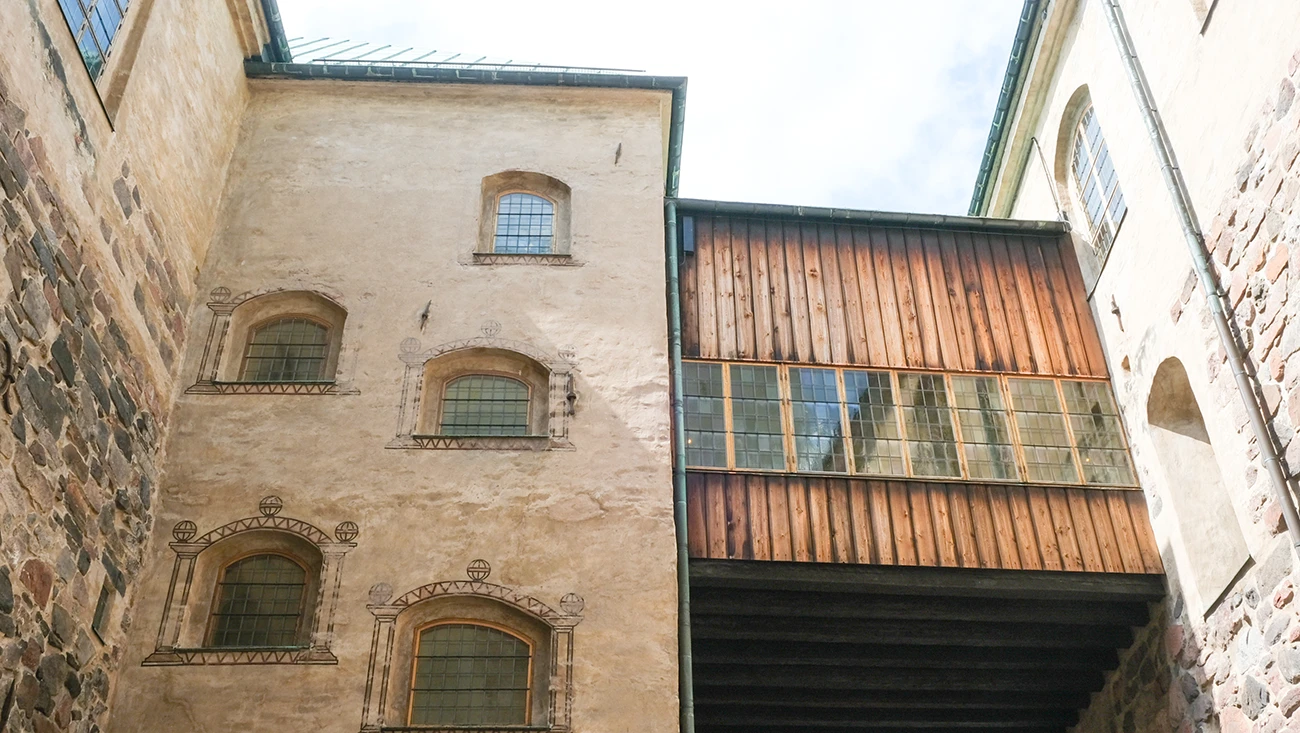
Timber’s challenges: transport emissions, overuse risks, and cultural context
Yet not all that glitters is gold. When it comes to using timber for the built environment, there are also challenges and tradeoffs. One of them is the carbon cost of transportation, since sustainable logistics are still underdeveloped. “One of the issues,” says Ford, “is surely the local versus global approach. In Sweden it makes complete sense to build with timber as seventy percent of the country is forested — timber is a local, available material. Other countries may not have the resources at hand.”
Yet, Norelius argues, there is still plenty of room before carbon-based alternatives become less expensive in terms of CO₂: “We did a study with our Sara Kulturhus project, in which the wood is completely local, from fifty kilometers away — and we made a simulation: what if we were to send this building to France, to Bordeaux, which is a city with a lot of timber construction, or even to New York by truck and boat? The emissions would still be half compared to those of a hypothetical Sara Kulturhus built in concrete.” Here, however, there’s clearly a margin for improvement. Another concern is the overuse of timber. “But,” says Ford, “I believe we are very far from the point where overuse of timber becomes a problem.”
In Nordic countries, there is already a strong and historical culture of building with wood — “and you can work with heritage too,” he notes — but it might not be the same elsewhere. Even where there is a local tradition, it is imperative “to keep the cultural and heritage aspects of the forest as well, and make sure that we don’t just do this everywhere without doing it properly.”
Understanding the forest: showing respect for the source of timber
Another critical aspect is the relationship to the forest itself. Timber is not just a building product; it comes from an ecosystem that must be treated with care. Ford emphasizes the importance of looking at the forest not just through a climate lens, but through an ecological one: “You need to take into account the nature and ecology lens as well. The forest is doing other things too — maybe not for humans, but you know, for everything else.”
When managed with expertise, respect, and care, forests give back an enormous amount. But their role must be understood holistically.
Preserving forests through value: how timber adds long-term economic returns
It is a common misconception that environmental responsibility comes at a financial cost. In the case of forests and timber buildings, the opposite is often true. “The first sign is that the Swedish forest is growing,” says Ford. “It is bigger today than it was a hundred years ago — which of course, in financial terms means that there’s a value in the forest — a value that is sitting there and you can harvest and take out in different ways.”
In a socioeconomic context where value equals money, this kind of reasoning can help counter climate change. “Increasing timber construction,” Ford explains, “will increase the value of the forest — and this can counteract deforestation,” which is one of the leading causes of global warming. The logic is simple: “You have a higher value in maintaining the forest, because you can continually take out material that gives you money — instead of taking the forest away and using that land for something else.”
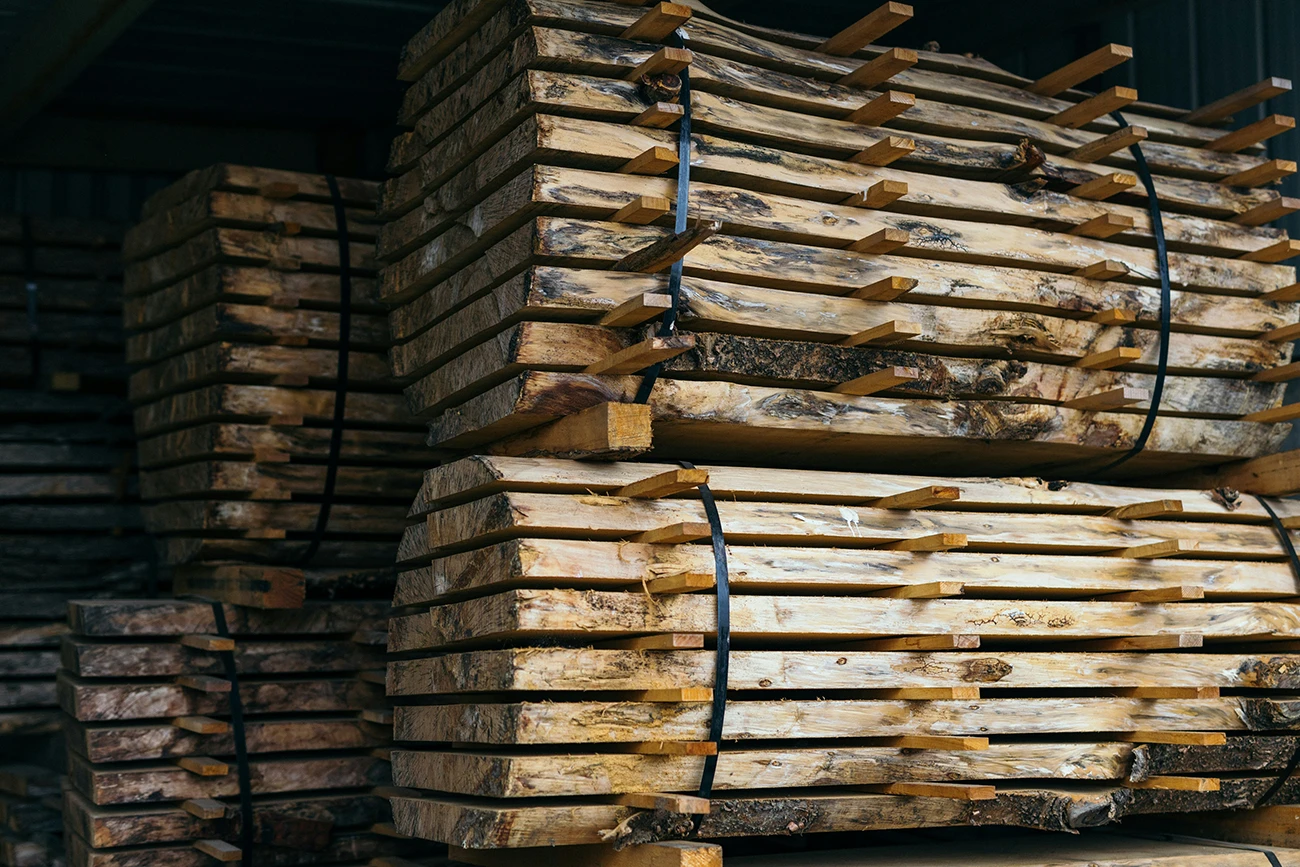
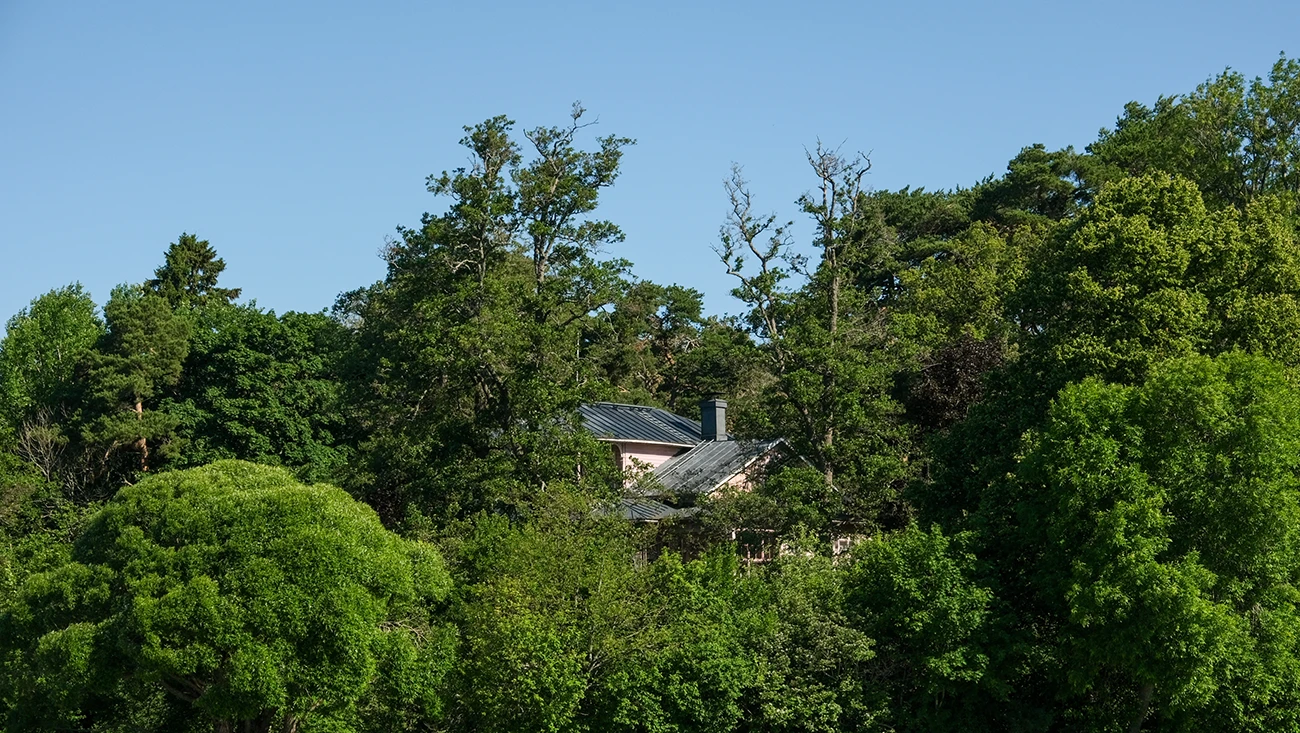


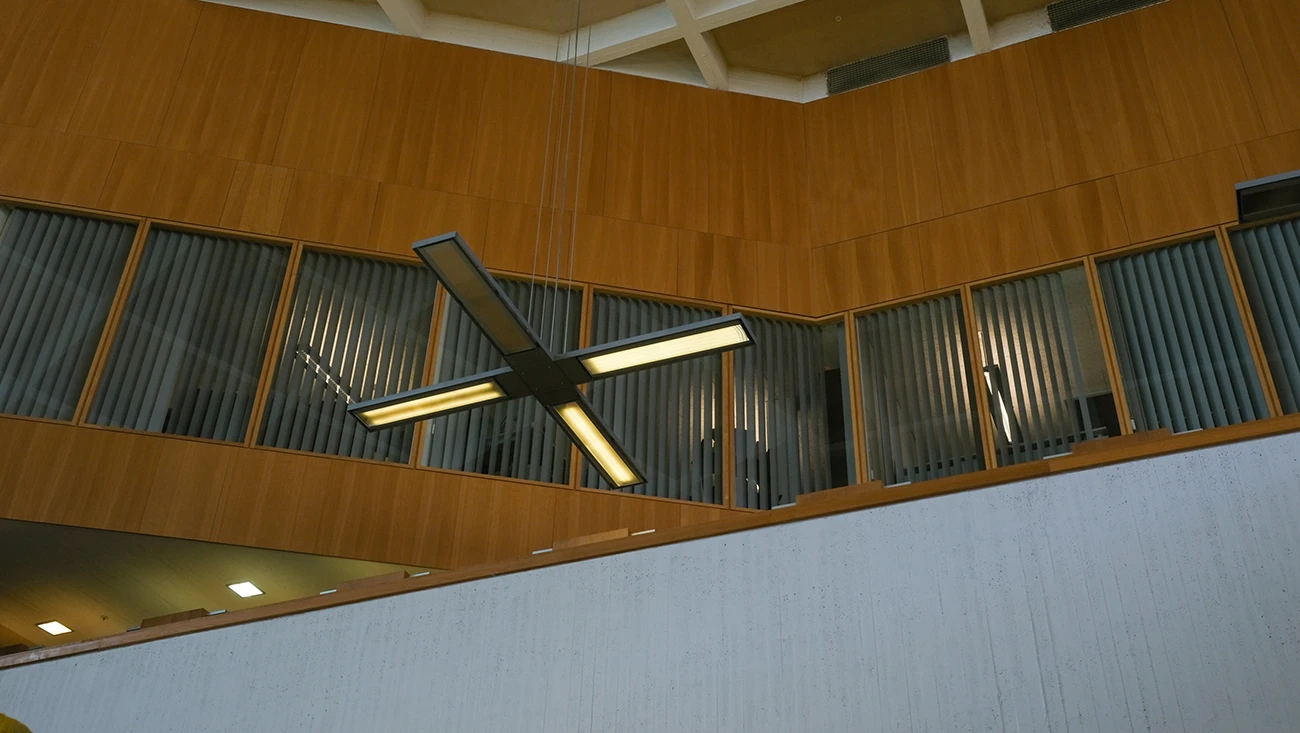
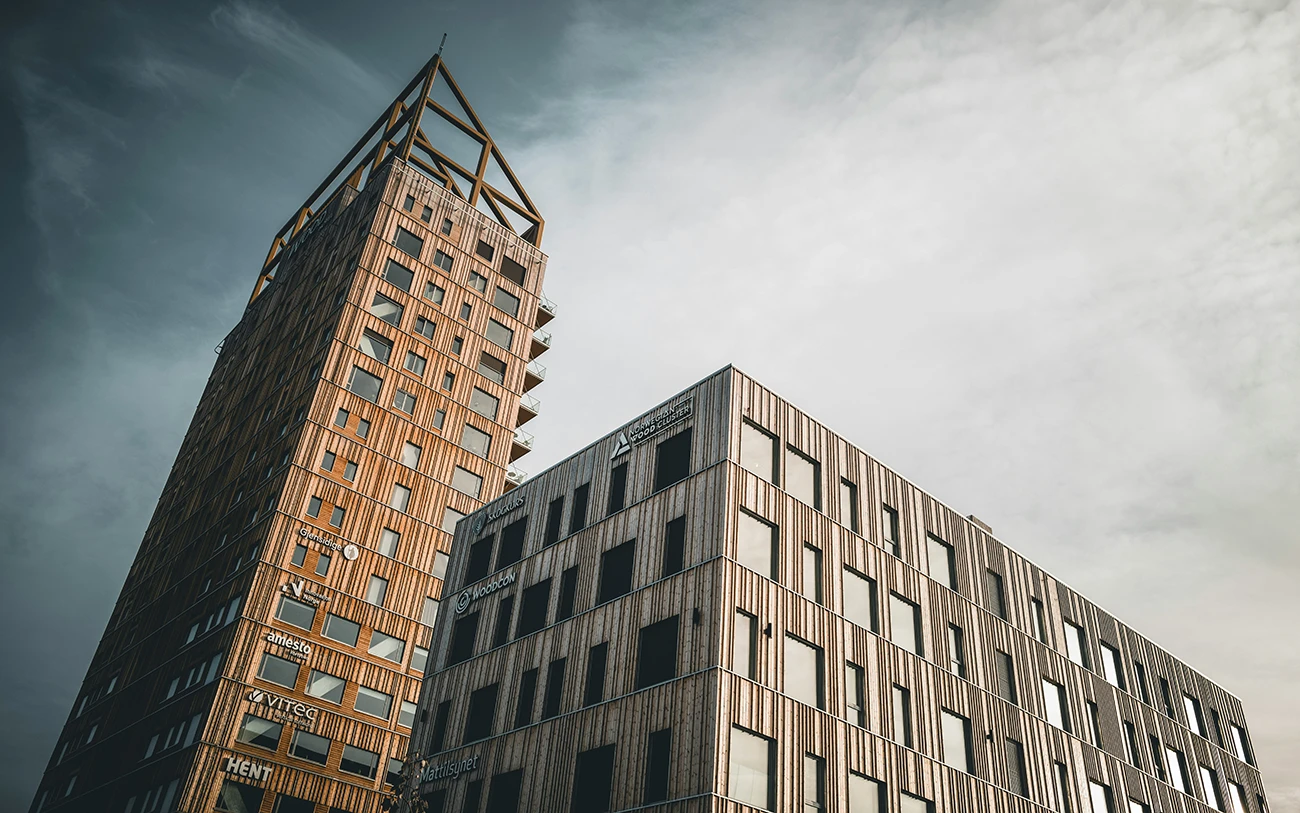
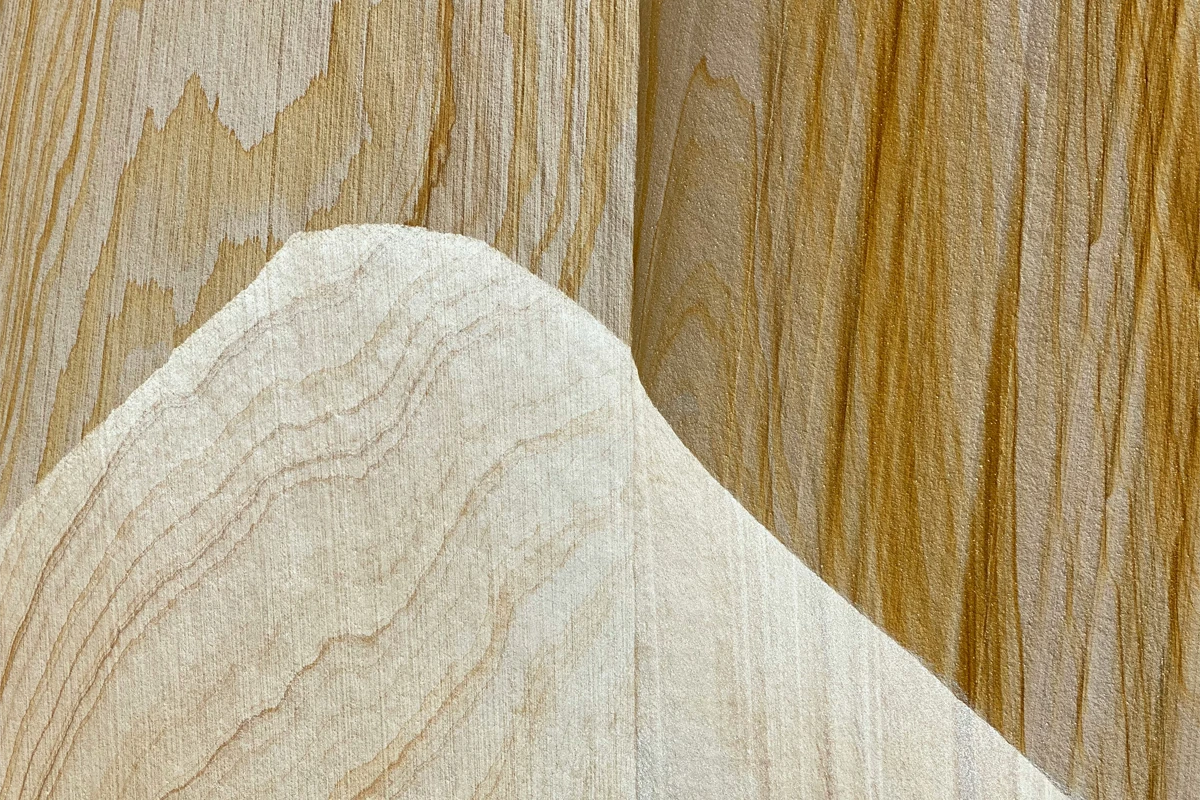
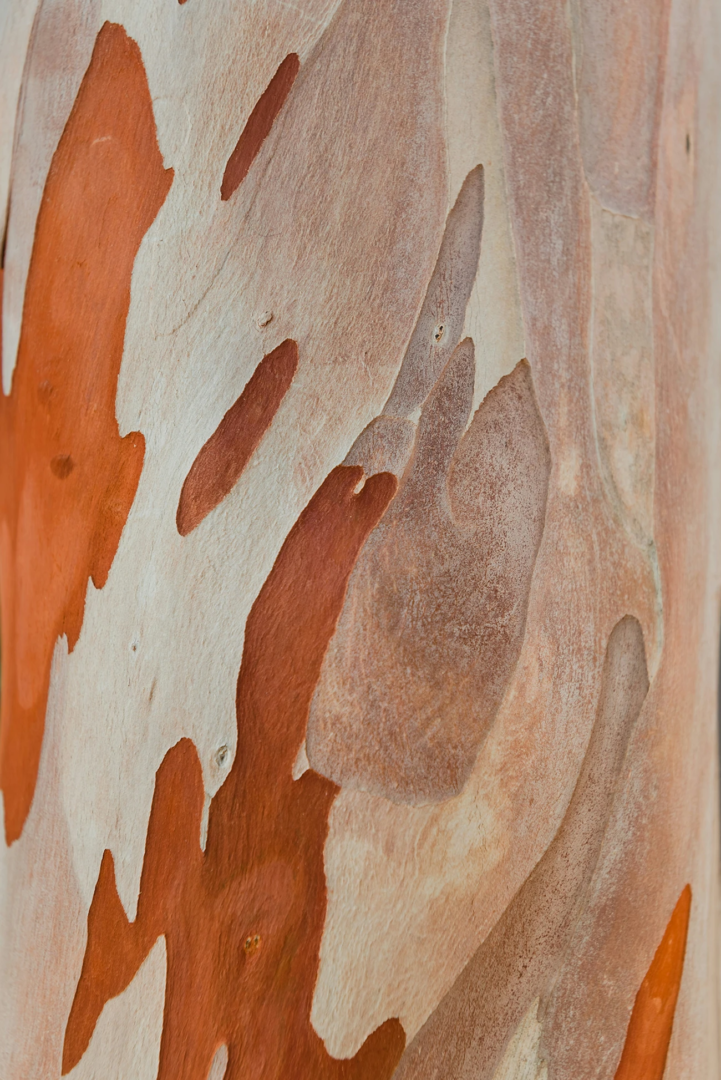
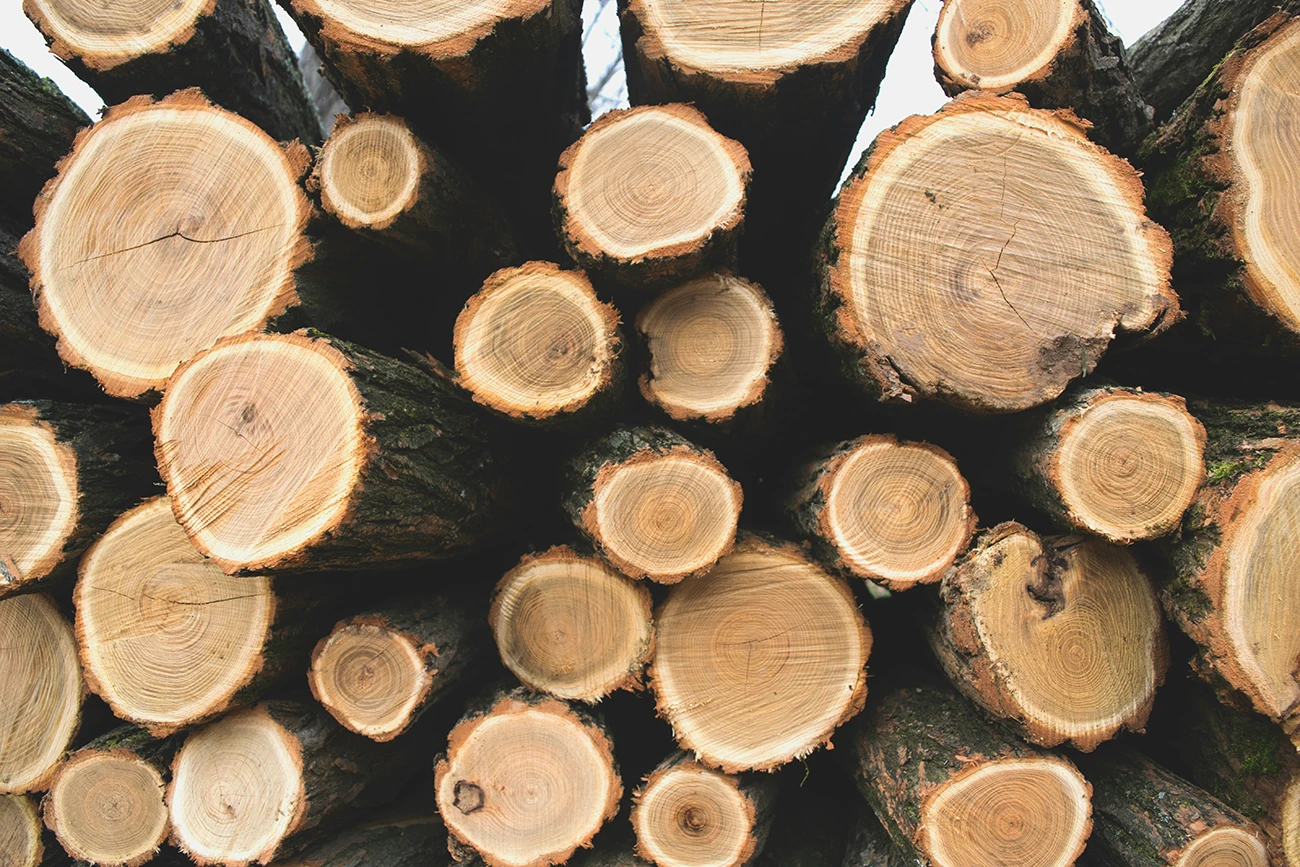
Future-proof construction: timber aligns with carbon policies and economic models
In the construction industry, Ford says, “everyone in the market is completely prepared that reducing emissions, or making up for those you already made, over time will cost — which will affect the business model for new constructions.” Timber, however, is already aligned with a low-carbon future.
There’s no need for external carbon capture — timber buildings are carbon capture. “You have basically already paid all of your debts to everything,” Ford states. In this way, building with biobased materials becomes a way of future-proofing the business model for construction.
Timber isn’t magic: the history of forests planted for human use
As timber gains popularity, it’s important to demystify the idea of forests as untouched nature. “Everyone romanticizes using the forest and extracting things from the forest,” says Ford. This romanticism risks overlooking how forests have been historically cultivated for profit. “It’s more honest to actually look at the forest as a crop, as it was built precisely for this reason, and it has been for thousands of years.”
Most of the forests we use today were man-made at some point in history — because people needed wood. “In England, you can still find oaks that were planted by Charles the First to build ships for the navy — a lot of stuff around the forest does not just happen on its own.” Who owns the forest — and how it is governed — matters. Refusing to engage with this unromantic, grounded reality is a risk we cannot afford.
From pulp to permanence: using timber for long-lived products that store carbon
What are we using forests for? Ford explains: “The big issue today is that eighty percent of everything that gets taken out of Swedish forests goes into energy — which is very short-lived products.”
This is exactly the opposite of what should happen for forest-based economics and carbon capture to make sense. The goal should be to use timber for long-lived applications: “When you look at forestry, it would be much better to be long-lived products, because you actually store the carbon for a long period of time.”The same goes for short-lived or disposable items: “If you cut down a tree and you make a building out of it, the wood actually has a higher value than if you mix it into pulp and make a paper cup.”

